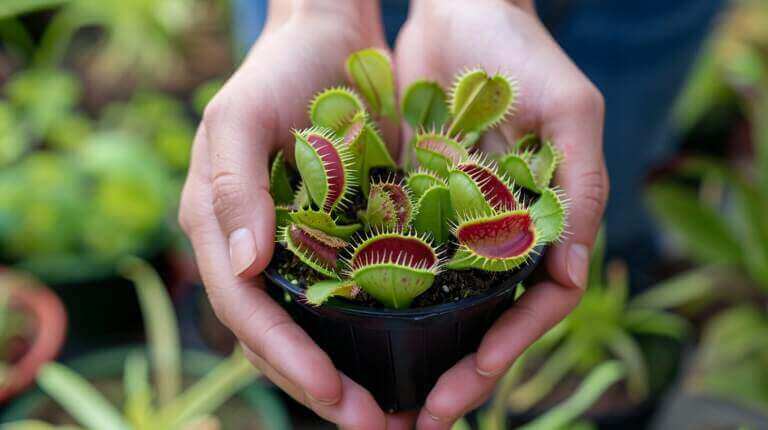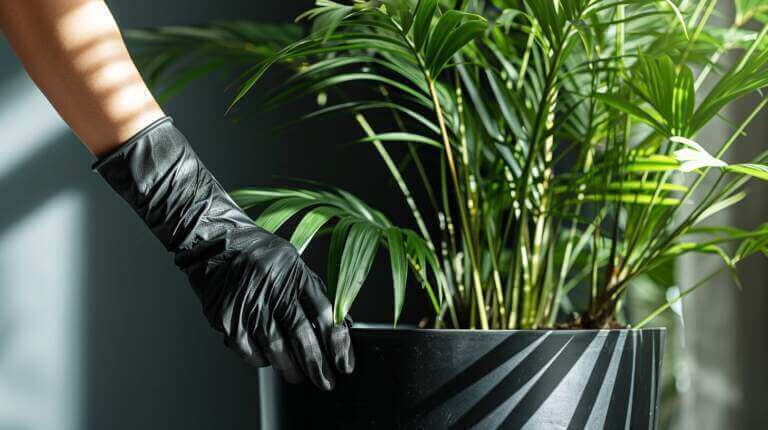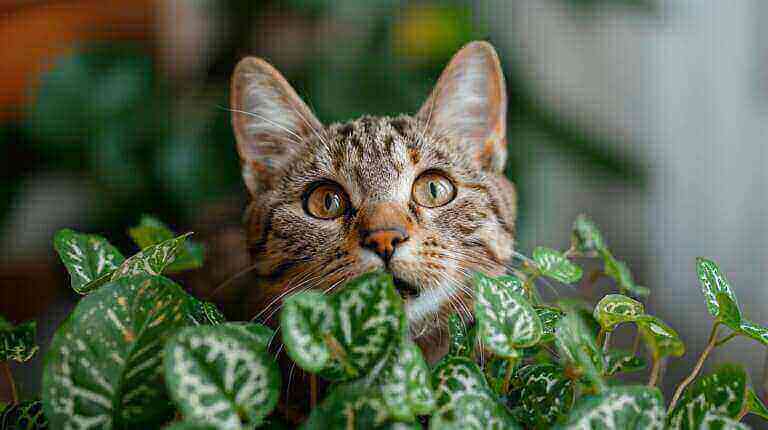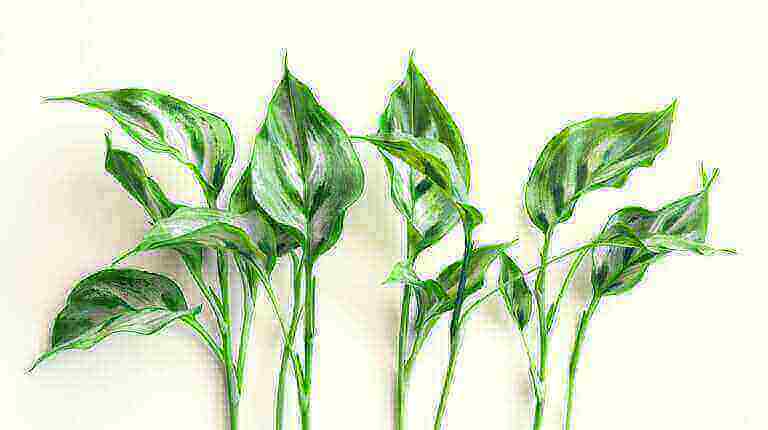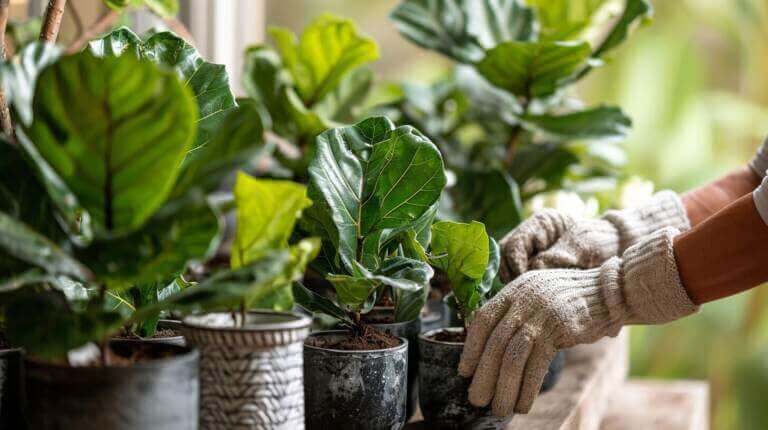Venus Flytrap Flowers and Seeds: Carnivorous Plant Flower Appearance, Pollination, and Growing from Seed
Welcome to my article on Venus flytrap flowers and seeds! In this section, we’ll explore the fascinating world of Venus flytrap propagation through sexual and vegetative methods. Understanding the pollination process and seed germination is crucial for successfully growing these unique plants from seed. So, let’s dive in!
Key Takeaways:
- The Venus flytrap can be propagated through sexual and vegetative methods
- Pollination can be done manually or naturally for better seed production
- Seeds require high humidity and a temperature range of 70-85°F for germination
- Vegetative propagation allows for preserving specific plant traits
- Venus flytrap seeds should be sown on peat moss mixed with sand or perlite
Appearance of Venus Fly Trap Flowers
Distinctive Characteristics of Venus Flytrap Flowers
Venus flytrap flowers are known for their unique and fascinating characteristics. These flowers grow on tall stalks, keeping pollinators above the jaws of death. The flower itself consists of multiple petals arranged in a circular pattern, resembling an open umbrella. Each flower typically has five petals, which are often white or pale pink in color. These petals are delicate and give the flower an elegant appearance.
Colors and Shapes
The colors of Venus flytrap flowers can vary, with the most common being white and pale pink. These soft hues create a contrast against the vibrant green leaves of the plant. The petals are usually elongated and slender, giving the flowers a delicate and graceful shape. Venus flytrap flowers also have a sweet fragrance that attracts pollinators, such as bees and butterflies.
Pollination of Venus Flytrap Carnivorous Plant Flowers
Venus flytrap flowers rely on pollinators to transfer pollen from the male reproductive organ, called the stamen, to the female reproductive organ, known as the pistil. This process is crucial for the creation of seeds. When a pollinator lands on the flower, it brushes against the stamen, collecting pollen on its body. As the pollinator moves from flower to flower, it unintentionally transfers the pollen to the pistils of other flowers.
The pollination of Venus flytrap flowers primarily occurs through insects, particularly bees and butterflies. These insects are attracted to the sweet scent and nectar of the flowers. As they land on the flower to feed, their bodies come into contact with the stamen, initiating the transfer of pollen.
Growing from Seed
Once the Venus flytrap flowers are pollinated, they begin to develop seeds. The seeds mature after four to six weeks, turning black and pear-shaped. These shiny black seeds can then be harvested and sown to grow new Venus flytrap plants.
To grow Venus flytraps from seeds, it is important to create a suitable environment. The seeds require a humid and warm climate to germinate successfully. It is recommended to plant them in a mixture of peat moss and sand, keeping the soil consistently moist. Germination usually takes several weeks to a few months.
As the seeds grow, it is important to provide them with adequate sunlight, as Venus flytraps thrive in bright conditions. However, it is crucial to avoid direct sunlight, as it can cause damage to the delicate leaves.
Pollination Process
How Venus Flytrap Flowers are Pollinated
Pollination is a crucial process that enables Venus flytrap flowers to reproduce and produce seeds. Venus flytrap flowers have both male and female reproductive structures, known as the stamen and pistil, respectively. The stamen produces pollen, which contains the male gametes, while the pistil contains the female gametes. For successful pollination to occur, the pollen needs to be transferred from the stamen to the pistil.
When a pollinator, such as a bee or butterfly, lands on the flower, it triggers the closing mechanism of the trap. This action leads to the release of pollen onto the body of the pollinator. As the pollinator moves from one flower to another in search of nectar, it unintentionally transfers the pollen from the stamen to the pistil of different flowers, facilitating the process of pollination.
Role of Insects and Other Pollinators
Insects, particularly bees and butterflies, play a vital role in pollinating Venus flytrap flowers. These insects are attracted to the flowers’ sweet scent and the promise of nectar. As they land on the flowers to feed, they come into contact with the stamen, where pollen gets attached to their bodies. This pollen is then transported to other flowers, ensuring cross-pollination.
The presence of multiple flowers on a Venus flytrap plant increases the likelihood of pollination. Each flower on the plant can open and close several times before it eventually dies and falls off. This allows for multiple opportunities for pollinators to visit the plant and transfer pollen.
Interestingly, Venus flytraps only produce nectar during the flowering stage, further enticing pollinators to visit their flowers. The plant strategically places its flowers on tall stalks, keeping the pollinators above the deadly jaws of the plant’s traps. This adaptation prevents the pollinators from being captured while enabling them to perform the important task of transferring pollen.
By relying on insects and other pollinators, Venus flytrap flowers ensure the continuation of their species through the production of seeds. Once the flowers are successfully pollinated, they begin to develop seeds. These seeds mature after four to six weeks, turning black and pear-shaped.
Growing from Seed
To grow Venus flytraps from seeds, it is important to create a suitable environment. The seeds require a humid and warm climate to germinate successfully. Planting them in a mixture of peat moss and sand, while keeping the soil consistently moist, provides the ideal conditions for germination. Germination typically takes several weeks to a few months, and during this time, it is crucial to maintain the appropriate moisture levels and temperature.
As the seeds grow into seedlings, they need to be exposed to adequate sunlight. Venus flytraps thrive in bright conditions but should be protected from direct sunlight, as it can damage their delicate leaves. Providing the seedlings with appropriate lighting and caring for their needs will result in healthy Venus flytrap plants.
Growing Venus Flytrap from Seeds
Growing Venus flytraps from seeds can be a rewarding and exciting process for plant enthusiasts. While it does require patience and careful attention, it offers the opportunity to witness the entire life cycle of these fascinating carnivorous plants. Here, we will explore the benefits and challenges of growing Venus flytraps from seeds, as well as the essential conditions and care needed to ensure successful growth.
The Benefits and Challenges of Growing Venus Flytrap from Seeds
One of the main benefits of growing Venus flytraps from seeds is the ability to witness the full life cycle of these unique plants. From germination to flowering and seed production, each stage offers a different experience and a deeper understanding of the plant’s biology. Growing from seeds also allows for a wider variety of Venus flytrap cultivars, as seeds can produce new and unique genetic variations.
However, growing Venus flytraps from seeds also poses some challenges. Germination can be a slow process, often taking several weeks to a few months. In addition, the seeds require specific conditions to successfully germinate, including a humid and warm environment. Maintaining the appropriate moisture levels and temperature can be tricky, as excessive moisture can lead to fungal growth and rot, while insufficient moisture can inhibit germination. Patience and attention to detail are essential when growing Venus flytraps from seeds.
Essential Conditions and Care
To successfully grow Venus flytraps from seeds, it is crucial to provide the optimal conditions for germination and growth. Start by preparing a suitable growing medium using a mixture of peat moss and sand, which mimics the plant’s natural habitat. This mix provides good drainage and retains moisture, creating the ideal environment.
The seeds should be thinly scattered on top of the soil and covered with a thin layer of sphagnum moss or a clear plastic covering. This helps to maintain the necessary humidity levels. Place the container in a warm location, such as near a window or under grow lights, ensuring the temperature remains around 70-80°F (21-26°C).
It is important to keep the soil consistently moist but not soggy. Use a spray bottle to mist the soil regularly to maintain the humidity. Avoid overwatering, as it can lead to fungal problems. Germination can take anywhere from several weeks to a few months, so be patient and monitor the soil moisture levels regularly.
Once the seedlings emerge, provide them with adequate sunlight. Venus flytraps thrive in bright conditions but should be protected from direct sunlight, as it can cause leaf damage. Grow lights or filtered sunlight are ideal for young seedlings. It is also important to maintain the appropriate moisture levels throughout the growth process, ensuring the soil does not dry out.
As the seedlings grow, they will develop a stronger root system and more prominent traps. It is important to continue providing proper care, including regular watering, adequate sunlight, and a suitable growing medium. Transplanting may be necessary as the plant grows, but ensure to handle the delicate roots with care.
Obtaining Venus Flytrap Seeds
Sources of Venus Flytrap Seeds
There are several sources where you can obtain Venus flytrap seeds to begin growing your own plants. One option is to purchase seeds from reputable nurseries or online retailers specializing in carnivorous plants. These sources often offer a wide variety of Venus flytrap cultivars, allowing you to choose seeds based on specific traits or characteristics you are interested in.
Another option is to harvest seeds directly from mature Venus flytrap plants. This is a more involved process, but it can be rewarding to collect seeds from your own plants. To harvest seeds, you will need a mature Venus flytrap plant that has flowered and gone to seed. Each flower produces many glossy black seeds, which can be carefully collected and stored for future use.
Buying vs. Harvesting Seeds
When deciding whether to buy or harvest Venus flytrap seeds, there are a few factors to consider.
Buying seeds from a reputable source provides the advantage of having a wide variety to choose from. You can select specific cultivars or even rare hybrids that may not be available through seed harvesting. This allows for more diversity in your Venus flytrap collection and potentially unique characteristics in your plants.
On the other hand, harvesting seeds from your own mature Venus flytrap plants can be a rewarding and cost-effective option. It allows you to take part in the entire life cycle of the plant, from growth to flowering and seed production. Additionally, seeds harvested from your own plants may have genetic variations specific to your cultivars, which can contribute to the uniqueness of your collection.
Whether you choose to buy or harvest Venus flytrap seeds, proper care and attention are crucial for successful germination and growth. The seeds should be handled with care and stored in a cool, dry place until you are ready to sow them. Following the proper germination and care instructions, as outlined in the previous section, will help ensure the best chance of success.
Seed Germination and Growing Conditions
When it comes to growing Venus flytraps from seeds, proper germination and suitable growing conditions are crucial for successful cultivation. Let’s explore the key factors to consider to ensure the healthy growth of your Venus flytrap seedlings.
Seed Germination Process
The germination of Venus flytrap seeds can be achieved without the need for stratification. After harvesting the mature seeds from the plant, it is recommended to sow them immediately. Prepare a suitable growing medium by mixing peat moss with sand or perlite. Scatter the seeds on the surface of the moist medium, and lightly cover them with a dusting of sphagnum peat moss. Maintaining moisture is essential, so regularly spray distilled water on the seeds and medium.
The germination period usually ranges from 10 to 30 days, depending on the conditions provided. High humidity is crucial for successful germination, so consider placing the seeds in a covered container to create a humid environment. Maintaining a temperature range above 78 degrees Fahrenheit is also important for promoting germination. Once most of the seeds have germinated, gradually remove the covering to allow the seedlings to acclimate to the surrounding conditions.
Growing Conditions for Healthy Seedlings
Providing the right growing conditions is essential for the healthy growth of Venus flytrap seedlings. Maintain a consistently high level of humidity in the growing environment to mimic the plant’s natural habitat. Ensure the growing medium remains moist but avoid oversaturation, as excessive water can lead to root rot.
It is crucial to provide your seedlings with sufficient light. Place them in a location that receives bright, indirect sunlight or use artificial grow lights to ensure they receive at least 3-4 hours of good light each day. Gradually expose the seedlings to more direct sunlight as they grow, but be cautious of intense heat and sunburn.
| Growing Conditions | Guidelines |
|---|---|
| Temperature | Above 78 degrees Fahrenheit |
| Humidity | High humidity, preferably in a covered container |
| Light | At least 3-4 hours of good light per day |
| Watering | Maintain moist but not waterlogged conditions |
By providing these optimal growing conditions and closely monitoring the needs of your Venus flytrap seedlings, you can ensure their healthy and thriving development.
FAQ
What is the role of the stalk in the Venus flytrap?
The stalk of the Venus flytrap plays a crucial role in its reproduction process. It is the part of the plant that produces flowers, which in turn produce seeds. The flower stalk is distinct from the rest of the plant and can be identified by its height and the presence of a flower at its tip.
How can you propagate Venus flytraps?
Venus flytraps can be propagated both sexually and asexually. Sexual propagation involves allowing the Venus flytrap to flower and set seed, which can then be collected and germinated to grow new Venus flytraps. Asexual propagation involves taking a part of the mature plant, such as a leaf or a portion of the rhizome, and planting it in suitable conditions to grow a new plant.
How do you grow Venus flytraps from seed?
Growing Venus flytraps from seed involves several steps. First, the seeds need to be sown on a suitable growing medium, such as a carnivorous plant mix. The seeds should be kept moist and in a location with plenty of light. It’s important to note that Venus flytrap seeds require a dormancy period, which means they may not germinate immediately after being sown.
What are the different varieties of Venus flytraps?
There are several varieties of Venus flytraps, each with its own unique characteristics. The most common variety is Dionaea muscipula, which is known for its iconic snap-trap leaves. Other varieties may have variations in color, size, or shape of the traps.
What is the Venus flytrap’s flower stalk like?
The flower stalk of the Venus flytrap is a tall, slender structure that emerges from the center of the plant. At the end of the stalk is a white flower with green veins. The flower stalk is distinct from the trap-bearing leaves of the plant.
Can you grow Venus flytraps as a house plant?
Yes, Venus flytraps can be grown as a house plant, but they require specific conditions to thrive. They need plenty of light, high humidity, and a dormant period in the winter. They also prefer to be watered with rainwater or distilled water, as tap water can be harmful to them.


